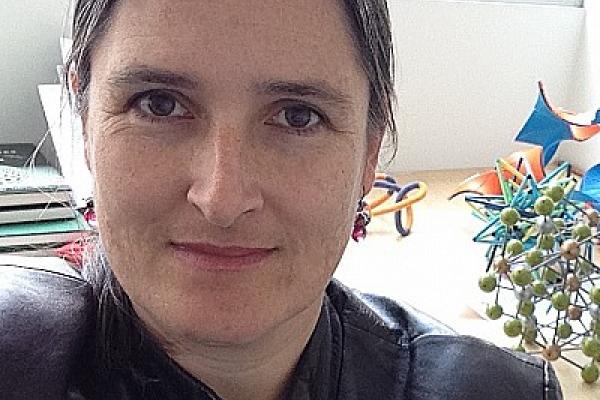
Title: Persistent homology analysis of x-ray micro-CT images of porous and granular materials.
Speaker: Robins Vanessa (Australian National University)
Abstract: Physical properties of porous and granular materials critically depend on the topological and geometric details of the material micro-structure. For example, the way water flows through sandstone depends on the connectivity and diameters of its pores, and the balance of forces in a grain silo on the contacts between individual grains. These materials are therefore a natural application area for persistent homology.
Our work with x-ray micro-CT images of complex porous materials has required the development of topologically valid and efficient algorithms for studying and quantifying their intricate structure. For example, simulations of two-phase fluid displacements in a porous rock depend on network models that accurately reflect the connectivity and geometry of the pore-space. These network models are usually derived from curve-skeletons and watershed basins. Existing algorithms compute these separately and may give inconsistent results. We have shown that Forman’s discrete Morse theory, informed by persistent homology, provides a unifying framework for simultaneously producing topologically faithful skeletons and compatible pore-space partitions [1,2]. Our code package, diamorse, for computing these skeletons, partitions and persistence diagrams is now available on GitHub. The code contains several optimisations that allow it to process images with up to 2000^3 voxels on a high-end desktop PC.
This software is enabling us to explore the connections between topology, geometry and physical properties of sandstone rock cores and granular packings. We have recently shown that persistence diagrams display a clear signal of crystallisation in bead packings [3], and percolating length scales in sandstones [4].
This talk is based on joint work with colleagues at ANU (Canberra) and Katharine Turner at EPFL (Lausanne).
- V. Robins, P.J. Wood, and A.P. Sheppard, “Theory and algorithms for constructing discrete Morse complexes from grayscale digital images.” IEEE TPAMI vol. 33 p.1646 (2011).
- O. Delgado-Friedrichs, V. Robins, and A.P. Sheppard. “Skeletonization and partitioning of digital images using discrete Morse theory.” IEEE TPAMI vol. 37 p.654 (2015).
- V. Robins and K. Turner, “Principal component analysis of persistent homology rank functions with case studies of spatial point patterns, sphere packing and colloids,” Physica D: Nonlinear Phenomena, vol. 334, pp. 99–117, Nov. 2016.
- V. Robins, M. Saadatfar, O. Delgado-Friedrichs & A.P. Sheppard, “Percolating length scales from topological persistence analysis of micro-CT images of porous materials.” Water Resour. Res. (2016). doi:10.1002/2015WR017937
Seminar URL: https://research.math.osu.edu/tgda/tgda-seminar.html
